

|
|
|


|
|
1/18 Scale Electric Rock Crawler:
ECX Temper 4WD - ECX01003 (Radio Controlled Model Review)History and Info:
Introduced by ECX circa 2015, the Temper 4WD Rock Crawler - ECX01003 - came RTR with a High Torque Brushed Motor, ESC, Dynamite 900Mah Ni-MH Battery, Charger, 2.4Ghz Radio System and a Pre-Painted Bodyshell (Specifications may vary from country to country).
▼ Scroll Down for More Images ▼
|








|
|
|

★ ECX Temper 01003 Rock Crawler Chassis ★
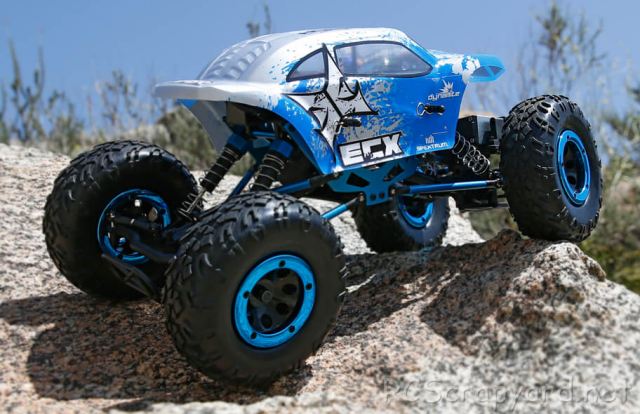
★ ECX Temper 01003 Rock Crawler ★
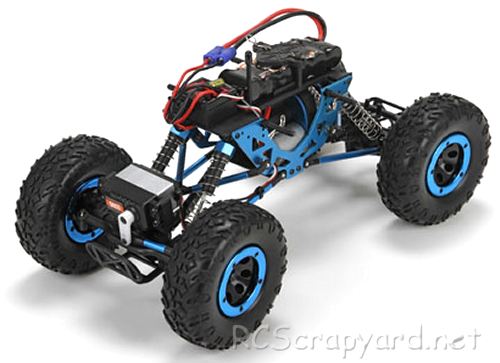
★ ECX Temper 01003 Rock Crawler Chassis ★
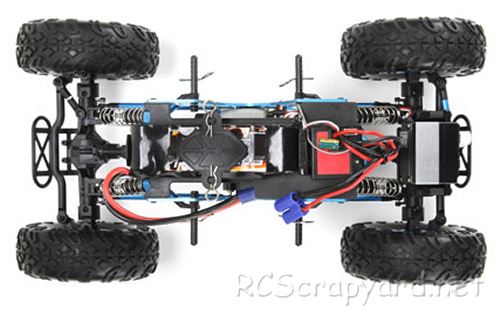
★ ECX Temper 01003 Rock Crawler Chassis ★
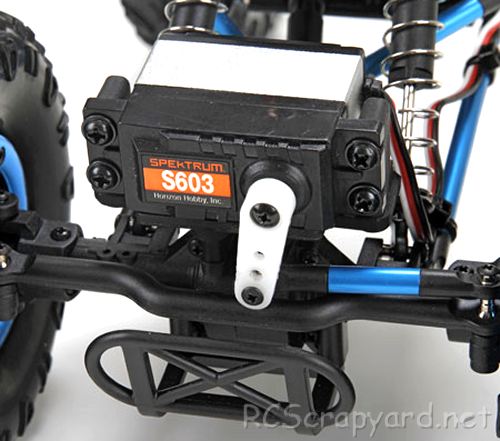
★ ECX Temper 01003 Rock Crawler Chassis ★
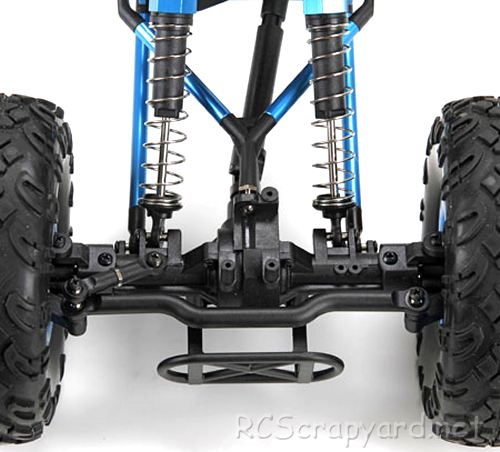
★ ECX Temper 01003 Rock Crawler Chassis ★
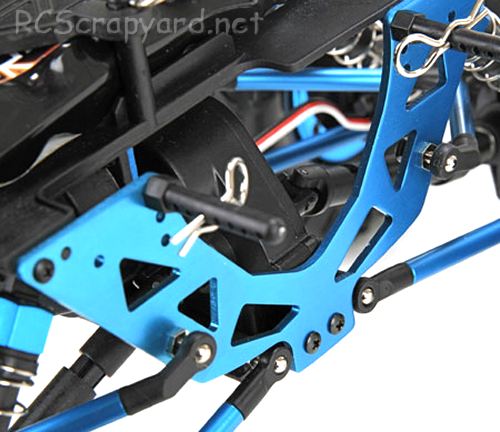
★ ECX Temper 01003 Rock Crawler Chassis ★
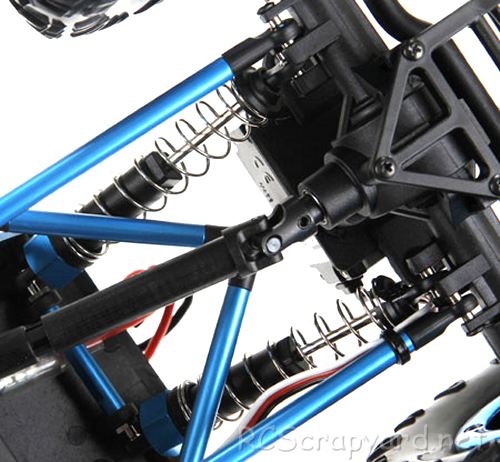
★ ECX Temper 01003 Rock Crawler Chassis ★
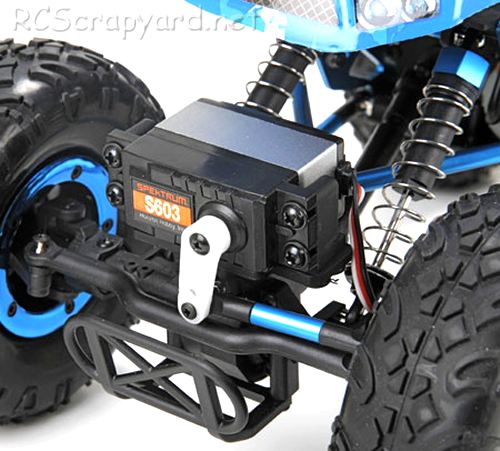
★ ECX Temper 01003 Rock Crawler Chassis ★
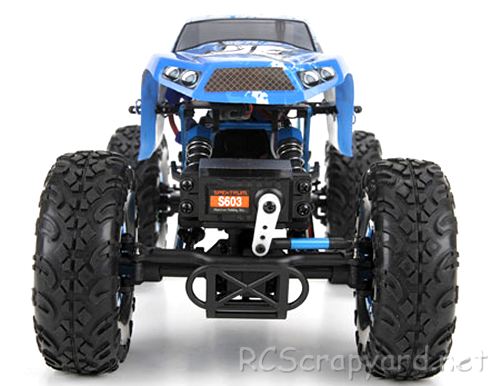
★ ECX Temper 01003 Rock Crawler Chassis ★
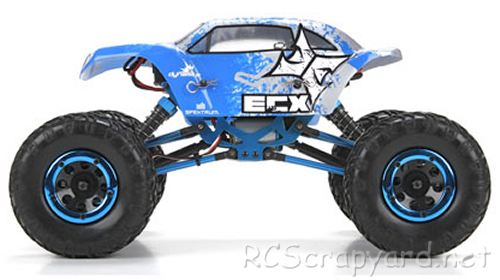
★ ECX Temper 01003 Rock Crawler Chassis ★
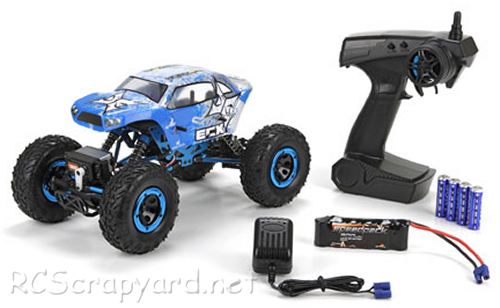
|
Buying a Used ECX Rock Crawler (and What to look for)
Make a General Visual Inspection
Check the Body-Shell
If the body shell of your Rock Crawler is broken, ripped or damaged in any way, this can be easily repaired with rubber solution glue. Also, for added protection and if available for your model, fit an under guard to stop dirt and gravel entering the chassis. Drive Shafts and Turnbuckles
Examine the Drive System
The gearbox of your used Rock Crawler should be opened up to check for damaged gears and wear. If there is excessive backlash in the gearing, these should be replaced. A thin coat of grease on the gears is enough to allow smooth operation and reduce further wear. Pinions and Spur Gears
Steering Servo and Servo-Saver
Don't Forget those Bearings
|
|
Manufacturers and Brands Catalogued and Listed by RC-Scrapyard.
At present, the RC Model Manufacturers, Brands and Distributors covered by us are: ABC Hobby, Academy, Acme Racing, Agama Racing, Amewi, Ansmann Racing, ARRMA, Team Associated, Atomic RC, Axial, AYK, Bolink, ECX, Capricorn, Carisma, Carson, Caster Racing, Cen, Corally, Custom Works, Durango, Duratrax, ECX - Electrix, Exceed RC, FG Modellsport, FS-Racing, FTX, Fujimi, Gmade, GS-Racing, Harm, HBX, Helion, Heng Long, Himoto Racing, Hirobo, Hitari, Hobao, Hong-Nor, Hot Bodies, HPI, HSP, Intech, Integy, Jamara, JQ Products, Kawada, Kyosho, Losi, LRP, Maisto, Mardave, Marui, Maverick, MCD Racing, Megatech, Mugen, New Bright, Nichimo, Nikko, Nkok, Ofna, Pro-Pulse, Protech, PTI, RC4WD, Redcat Racing, RJ-Speed, Robitronic, Schumacher, Seben, Serpent, Smartech, Sportwerks, Step-Up, Tamiya, Team-C Racing, Team Magic, Thunder Tiger, Tomy, Top Racing, Traxxas, Trinity, Tyco, Vaterra RC, Venom, VRX Racing, WLToys, X-Factory, Xmods, Xpress, Xray, XTM, Yankee RC, Yokomo, ZD Racing and Zipzaps. |
Information and AdviceElectronic Speed ControllersHistory
ESC were originally developed to be used in conjunction with brushed 27T stock and modified motors in the late 1970s, early 1980s. Compared to modern day Controllers, they were Bulky and heavy, constructed using basic resistors, rheostats, capacitors and transistors, crammed together on a simple circuit board, to provide stepped but smooth acceleration when compared to the old mechanical, servo operated sweeper Speed Controllers. An Electronic Switch to change the direction of current flow was used on some of these early ESC to give reverse operation. Although they were a vast improvement on the old mechanical speedos of the time, they were expensive, jerky to control, and prone to burn out if not carefully looked after. |
|
Hints, Tips and Information
On Road Tires for Tarmac
Modern day RC Model Rubber Tires for tarmac racing, generally come in wide or narrow format and in three compounds - Soft, Medium and Hard, each compound corresponding to different track temperatures. |
|
RC Models:
|
Radio & Motors: |
Other
Accessories: |